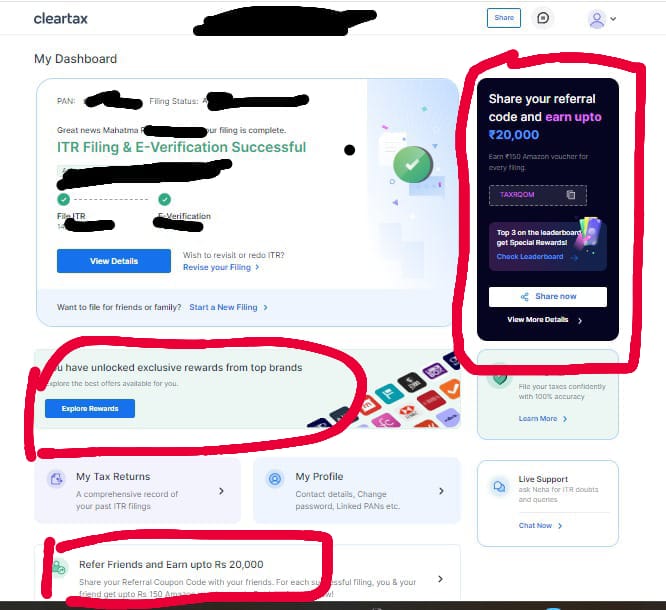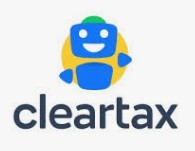After all the excitement of the Budget and the social media buzz with memes from both supporters and critics, I’ve received yet another reminder from the IT Department, prompting me for the 5th time to take action before July 31st.
You know what that is!! Here you go…

It reads like “Life should go on mate, go file your returns to avoid getting penalized”
There are numerous channels available for filing IT returns, starting from the IT Department’s E-filing site, banks, to private ERI (E-return intermediaries) that facilitate smooth filing of returns. This time, I used ClearTax to file my returns. I’ve known about this platform for some time but never actually used it until now. However, I decided to give it a try. I am impressed by how simple the user journey is on the platform, and especially how well the referral program was designed with the customer’s psychology in mind.
In this case, study, let’s look at how Clear tax uses the power of psychology to generate Referrals.
Referrals are a highly effective customer acquisition channel with low Customer Acquisition Costs (CAC). Many products use referrals to increase the viral coefficient, also known as the K-factor, in order to attract more customers to their product.
Marketing is by and large a splendid psychology game and more so when ‘Customer Referrals’ features are on the field.
Let’s begin:
Cut your teeth: You can’t confidently recommend a product or service to your friends unless you try it yourself first, right? That’s exactly what Cleartax does. Here is the page you see when you first log in to the portal.
No referrals and no ad impressions. The sole objective is to guide the user to the “aha” moment! Discover the ease of filing returns in just 3 simple steps!


Mid-way Nudges: We usually don’t file the tax return at once unless you are a pro. Instead, we double or triple check to ensure all the relevant fields are filled with the right data to minimize our taxes as much as possible. This is where the app starts nudging users to finish the filing process.
Not only that, this is the first time the user is exposed to the ‘Referral‘ scheme and how it can reward you if you complete it successfully and refer your friends. Well, the user reached the aha moment.

The Referral Party begins: Once you have successfully completed e-filing, you will be directed to a dashboard page similar to the one below.
Bang on! You see the flashy Referral campaign right in the center so no eyeballs could miss it! The CTA “Share Now” is prominently visible there.

Don’t forget to check the WhatsApp for the change in the marketing feed. It’s Referrals now!!

What’s in it for me: Human psychology kicks in and raises questions about the benefits of sharing the code with friends. The answer is quite simple and clear.


The colorful 20,000 INR incentive motivates participation in the referral program, serving as a potential viral loop to generate leads for the company.
When we compare this activity to the process of sending referrals when signing up for LinkedIn or Facebook, we notice that in social media apps, the option to send referrals (invite friends) appears right at the beginning of the setup process, unlike in the case of ClearTax where it appears at the end. This is because having the option to send referrals right at the start enhances the social media experience, whereas having it at the end doesn’t.
Why will my friend act on my recommendation: There is clear evidence that I have successfully and easily completed my returns using the portal, serving as social proof.
Here’s the default messaging that goes to my friend.

In the book “Influence: The Psychology of Persuasion“, Dr. Robert Cialdini says, in the principles of influence:
Social Proof: that People tend to follow the crowd and do what others are doing. In this case, since I did it and referred my friend, he is most likely to follow. Again, marketing is probability game!
Liking: We’re more likely to be influenced by people we like and can relate to. In this case, my friend is influenced by the fact that I used and liked the product.
The Commitment: We are more likely to stay true to the commitment that were made and behave consistently with that commitment.
In Summary, if I were to over simplify the Referral process, this is how it goes:
- When to time the referral intro in the user journey
- What is the referral messaging like
- Whom to send (mostly to social connects)
- What’s in it for me
- Do I get something in return
- Does it resonate with the Core value
- How valuable is the benefit to me
- How to track my Benefits if get into this game
- How easy it is to liquidate my benefits as I move further into the game
